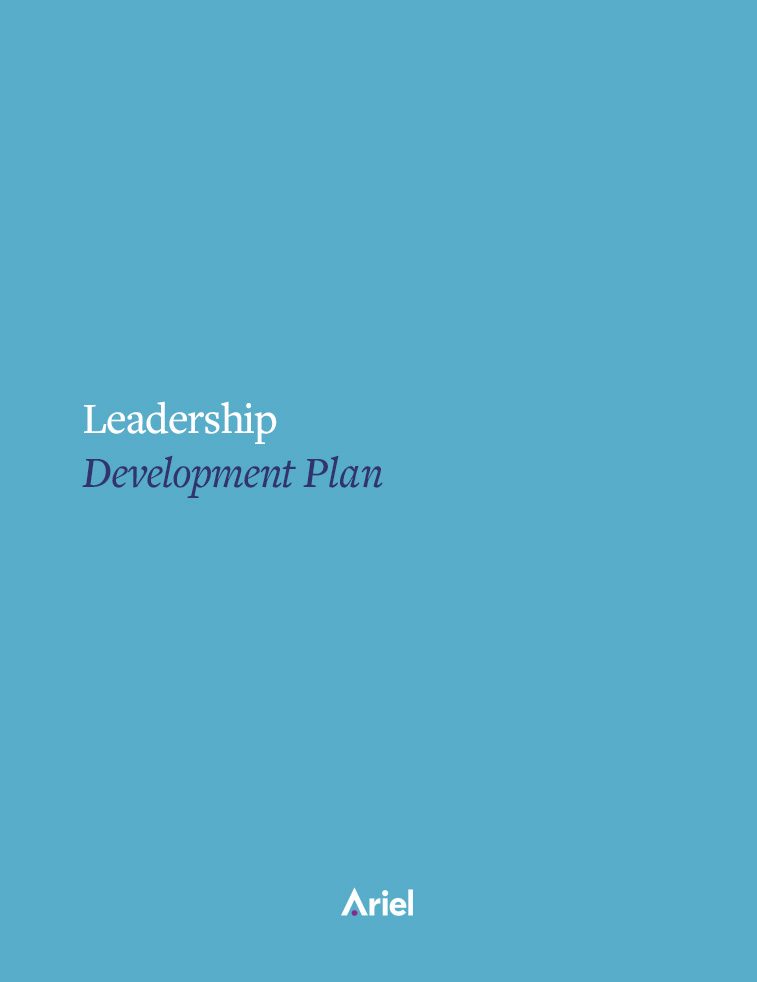A Guide for New CEOs: Your First 100 Days in the C-Suite

As a newly appointed C-Suite member, the first 100 days in your role are crucial for setting the tone and laying the foundation for your tenure. Amidst the excitement and challenges of this transition, it’s essential to have a clear understanding of your primary responsibilities and a well-defined plan for learning and aligning with key stakeholders.
This guide will give you some valuable advice from respected and experienced leaders on what to concentrate on in your first 100 days. :
- Build your circle of support
- Immerse yourself in the business
- Develop your leadership roadmap
- Embody courageous leadership
Build Your Circle of Support With Leadership Mentors or Executive Coaching
Even extraordinary leaders need guidance. Surround yourself with executive mentors and coaches who’ve weathered C-suite challenges. As Mitch Wienick, a Senior Executive and Leadership Coach, advises, “Building mentor relationships offers seasoned guidance and perspective.”
Seek those whose values mirror yours. The C-suite can be a lonely place, fraught with high-stakes decisions and relentless scrutiny. Mentors act as your sounding board, offering seasoned counsel forged in the crucible of experience.
Leadership coaches provide an objective external perspective, helping you navigate blind spots that can hinder your impact. “Leadership coaches bring detachment and candor, expertise and objectivity, and support in helping you translate self-awareness into strategies and action,” notes Wienick.
Building this trusted circle is an investment in your own growth. Regularly engage with them, share vulnerabilities, and seek honest feedback. Wienick emphasizes that senior leaders need to “address rather than resist your blind spots, however uncomfortable”
Your Action Plan – Finding Executive Mentors or Coaches:
- Identify senior executives to be your mentors – whose leadership philosophy resonates with you.
- Engage an executive coach who provides objectivity, expertise, and helps translate self-awareness into action.
- Proactively request 360-degree feedback to uncover and address your blind spots.
Immerse Yourself in the Business
Gather diverse perspectives to deeply understand your new realm. In these first 100 days, you have a unique opportunity to reset and reorient with a fresh perspective. Conduct a comprehensive “listening tour” across all levels – from the front lines to the boardroom. Ask open-ended questions and genuinely listen without judgment.
Knowledge becomes your competitive edge. Jim Sappington, former EVP at McDonald’s, emphasizes, “Listening and probing will be critical on key issues your team faces. [Identify] who are your supporters and detractors. Both are important to listen to and understand their perspectives.”
”Complement this qualitative understanding with a quantitative deep dive into financial statements, operational data, core processes, and key business drivers. “Try to get into the detail of the P&L, not simply the high-level summary,” recommends Martin Radvan, an Executive Partner and CEO at Mars Inc.
A full understanding of your business finances and its enabling processes is the foundation for increasing shareholder value. Always look beyond the balance sheet to ensure return on assets and return on equity objectives are appropriately assessed to achieve your business vision and strategic objectives, advises Kevin Donaldson, an Executive Coach.
As you immerse yourself, align with other leaders on their expectations for your role. As Tom de Weerdt, an experienced CFO, advises, “Make sure to meet with them 1-1 in the first few weeks (direct reports, peers, CEO, board members as appropriate).”
Action Plan:
- Conduct a comprehensive “listening tour” across all levels and stakeholders.
- Analyze financial data, operations, processes, and core business drivers in depth.
- Identify key stakeholders’ expectations and priorities for your role.
Develop Your Leadership Roadmap
A clear, actionable vision rallies your team. “Every audience expects a plan,” says Marisol Angelini, a former CMO at Coca-Cola.
Craft a compelling roadmap that inspires and guides. Synthesize your findings into a cohesive strategy that articulates how you’ll drive value for the organization. Outline your targets for revenue growth, cost optimization, operational excellence, and capability building. Most importantly, anchor your roadmap to the company’s broader strategic objectives and stakeholder expectations – step into your leadership role as a “future-shaper”, as Jamie Ramsden, one of Ariel’s executive coaches, puts it..
Don’t merely document your plan – breathe life into it through storytelling and communication. “You will also need to establish a thought-leadership voice in the market/industry where you operate,” notes Angelini.
Share your vision with clarity and inspiration across internal and external audiences. However, leadership transcends strategy alone – it requires visible action. Prioritize and pursue achievable “quick wins” early on. As Angelini states, “Identifying ‘quick wins’ that can be implemented in a short time span will go a long way in building self-confidence and trust.”
Action Plan:
- Outline how you’ll drive value, impact enterprise initiatives, and build team capabilities (don’t forget communication training for employees).
- Create a strategy to share your vision internally and externally as a thought leader.
- Prioritize and implement visible “quick wins” early to build credibility and momentum.
Embody Courageous Leadership
“Being in the C-suite is about courage,” Jill Smart, a former CHRO at Accenture.
Exemplify this spirit during turbulent times. Have the humility to ask for help. The C-suite tests leadership mettle like no other arena. You’ll inevitably face weighty decisions with imperfect information and no clear right answer. Paralysis is a luxury you cannot afford.
Sharpen your judgment and fortify your conviction to make tough calls swiftly and withstand the repercussions. True courage isn’t just about bravado – it’s about vulnerability. Recognize that you don’t have all the answers and seek counsel when you need it most.
As Smart advises, “Ask for help early and often…when I didn’t, that is when I made mistakes or missed out on opportunities.” No strategic plan survives first contact with reality unscathed. Expect periodic disruption and be prepared to regroup quickly.
Flexibility, not stubbornness, will steer you through turbulence.
Action Plan:
- Make tough decisions swiftly, without hesitation or fear of consequences.
- Seek guidance when you need it most – this is a strength, not a weakness.
- Stay resilient through challenges by quickly regrouping and adapting your approach.
The Road Ahead
The C-suite is not a destination, but a journey of continual growth. By building your support system, immersing yourself thoroughly, developing an inspiring roadmap, and embodying courageous leadership – you’ll establish a legacy that transcends this moment.
Don’t forget these five tips from our executives shown here. With a solid foundation, a clear roadmap, and the courage to lead, you’ll navigate the first 100 days with confidence and set the stage for enduring success.
